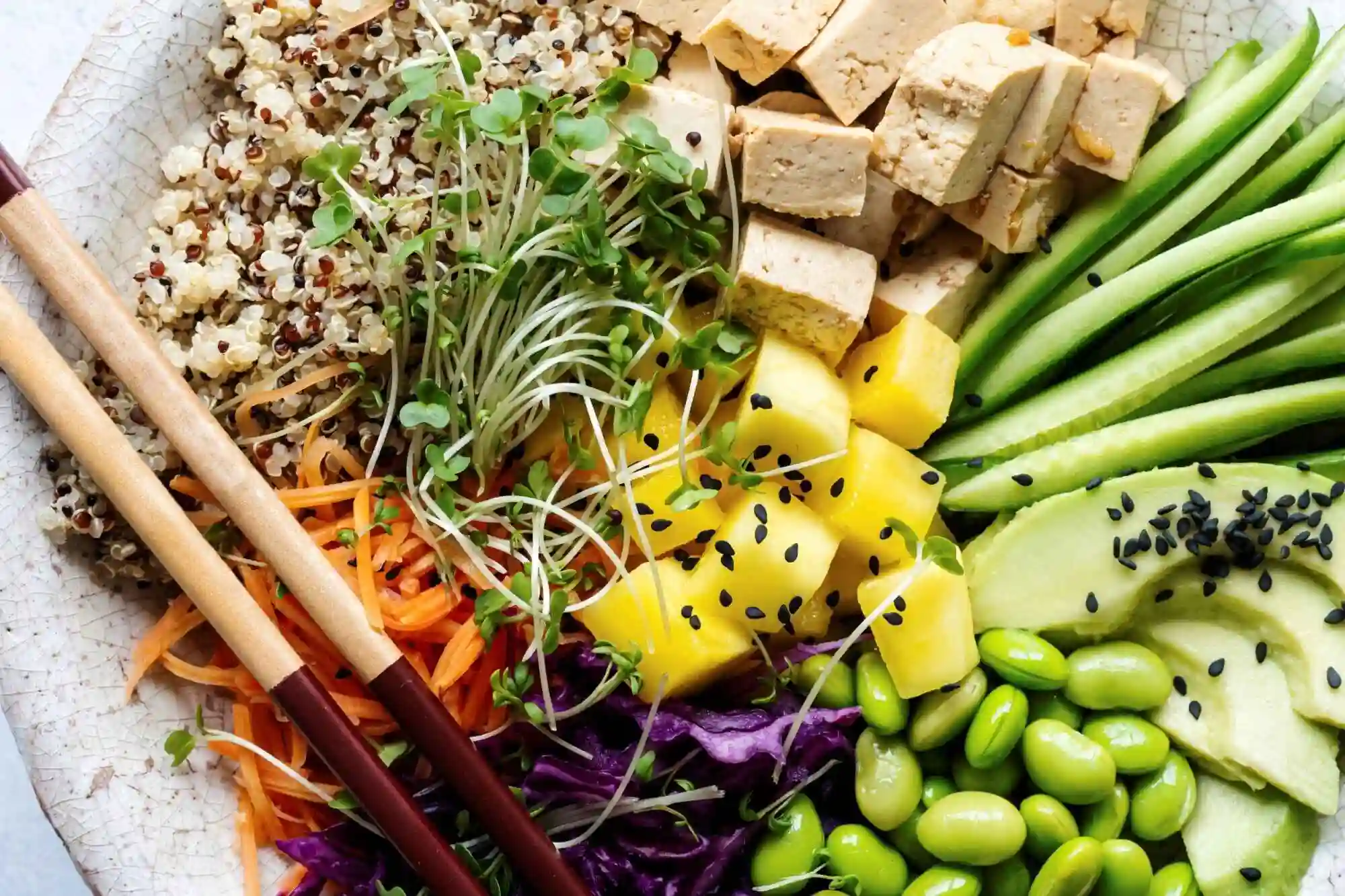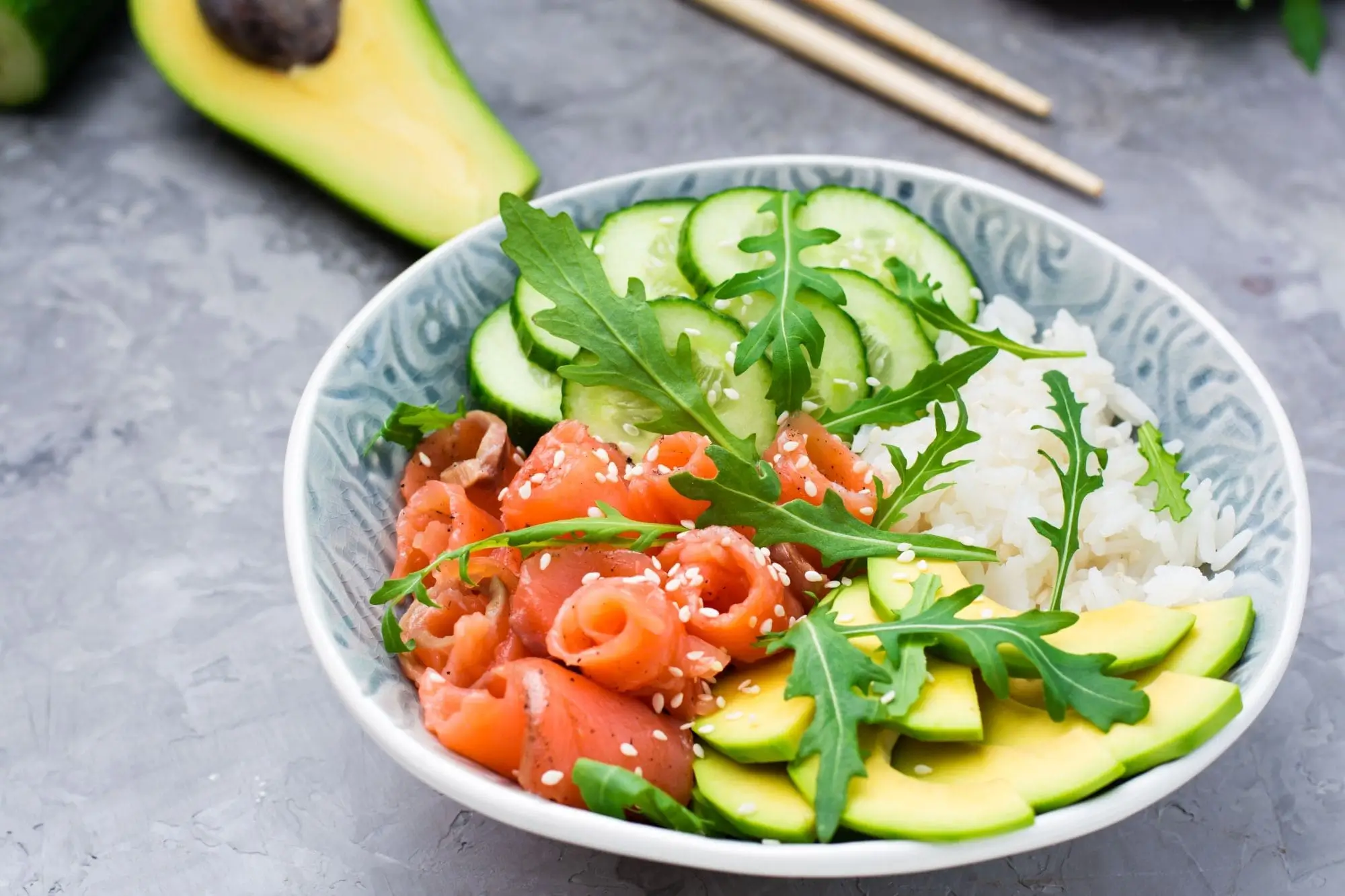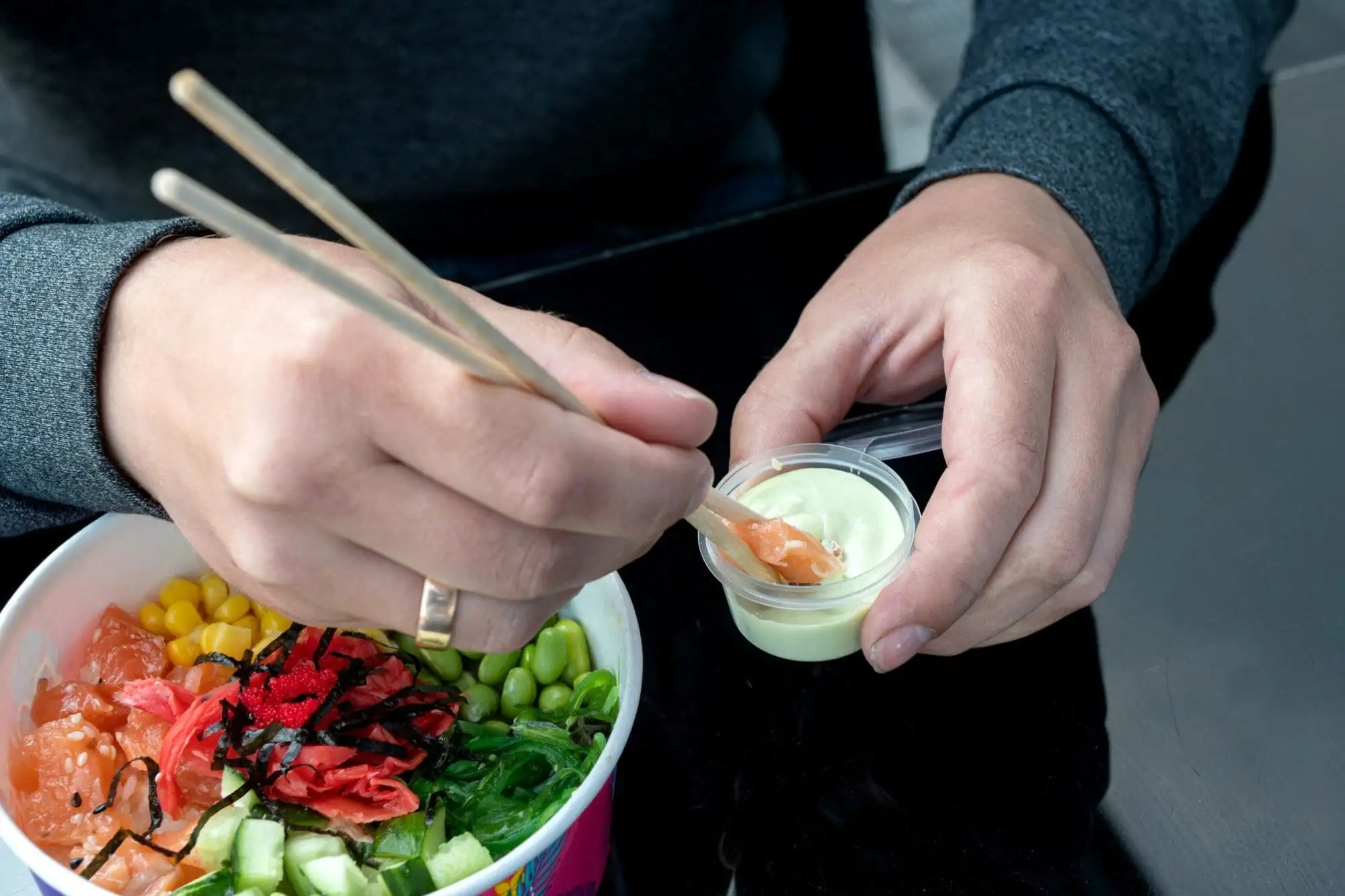
Healthy Meals for Catering at the Office
Most offices rely on the same tired lunch routine. Pizza delivery, sandwich platters, or heavy pasta boxes are all accessible, but they can miss what

Most offices rely on the same tired lunch routine. Pizza delivery, sandwich platters, or heavy pasta boxes are all accessible, but they can miss what

Buying a restaurant franchise in 2025 can be one of the smartest ways to launch a business without starting from scratch. With fast-casual chains, automation,

Vegan poke bowls offer amazing taste and various health benefits. These modern variations on a classic dish show that plant-based eating doesn’t have to equal

Imagine your ideal summer evening: backyard buzzing with friends, cold drinks flowing, but the thought of firing up the stove can make anyone want to

A salmon poke bowl is a colorful dish packed with protein to curb hunger for hours. Salmon became popular in poke when Hawaiian chefs started

Sauce is like the glue that ties a great poke bowl together. It helps make each ingredient in the dish stand out and gives you
333 7TH AVENUE
COMING SOON!
2 PARK AVENUE
COMING SOON!